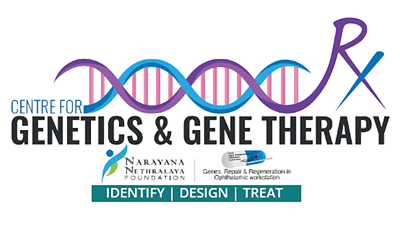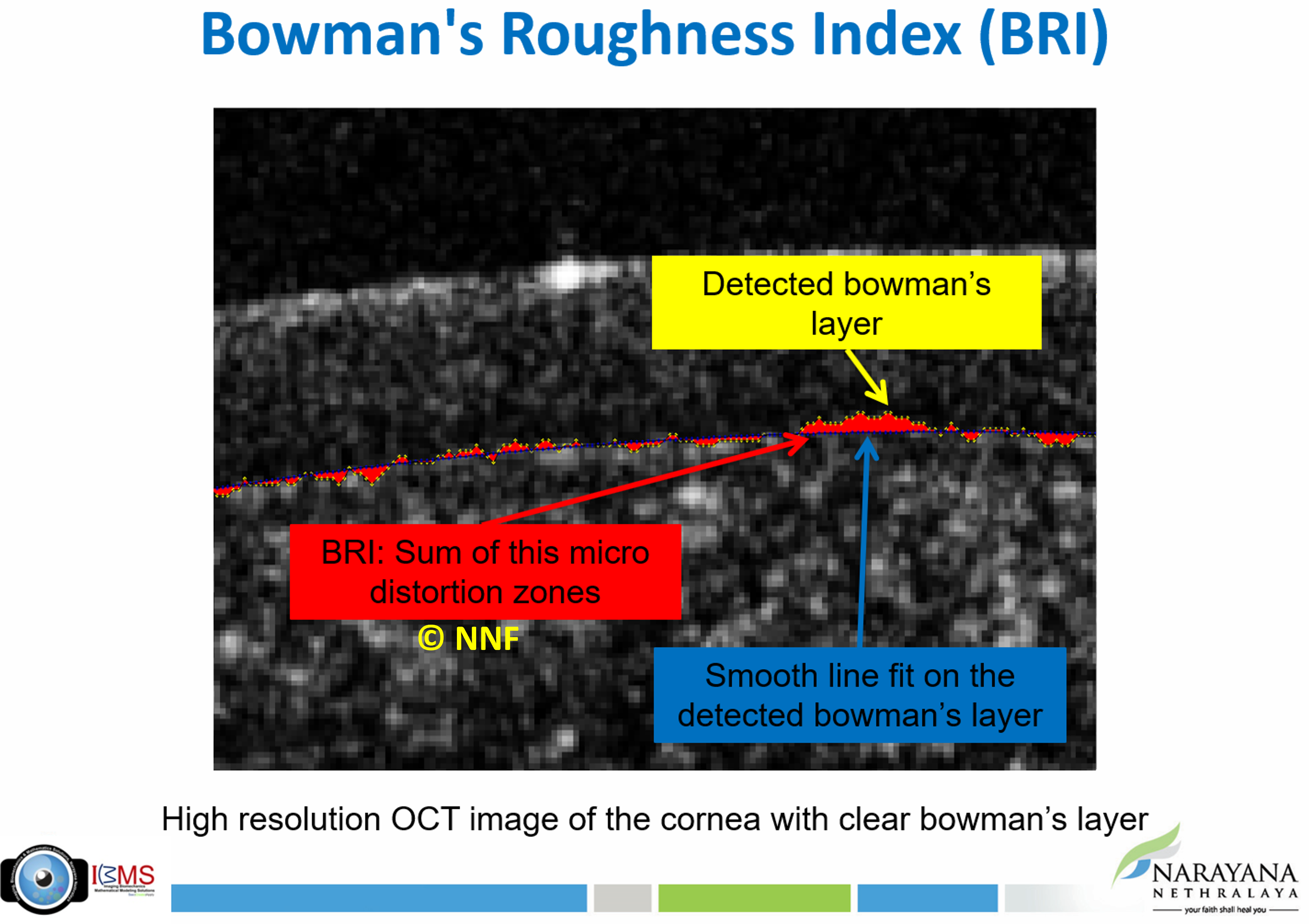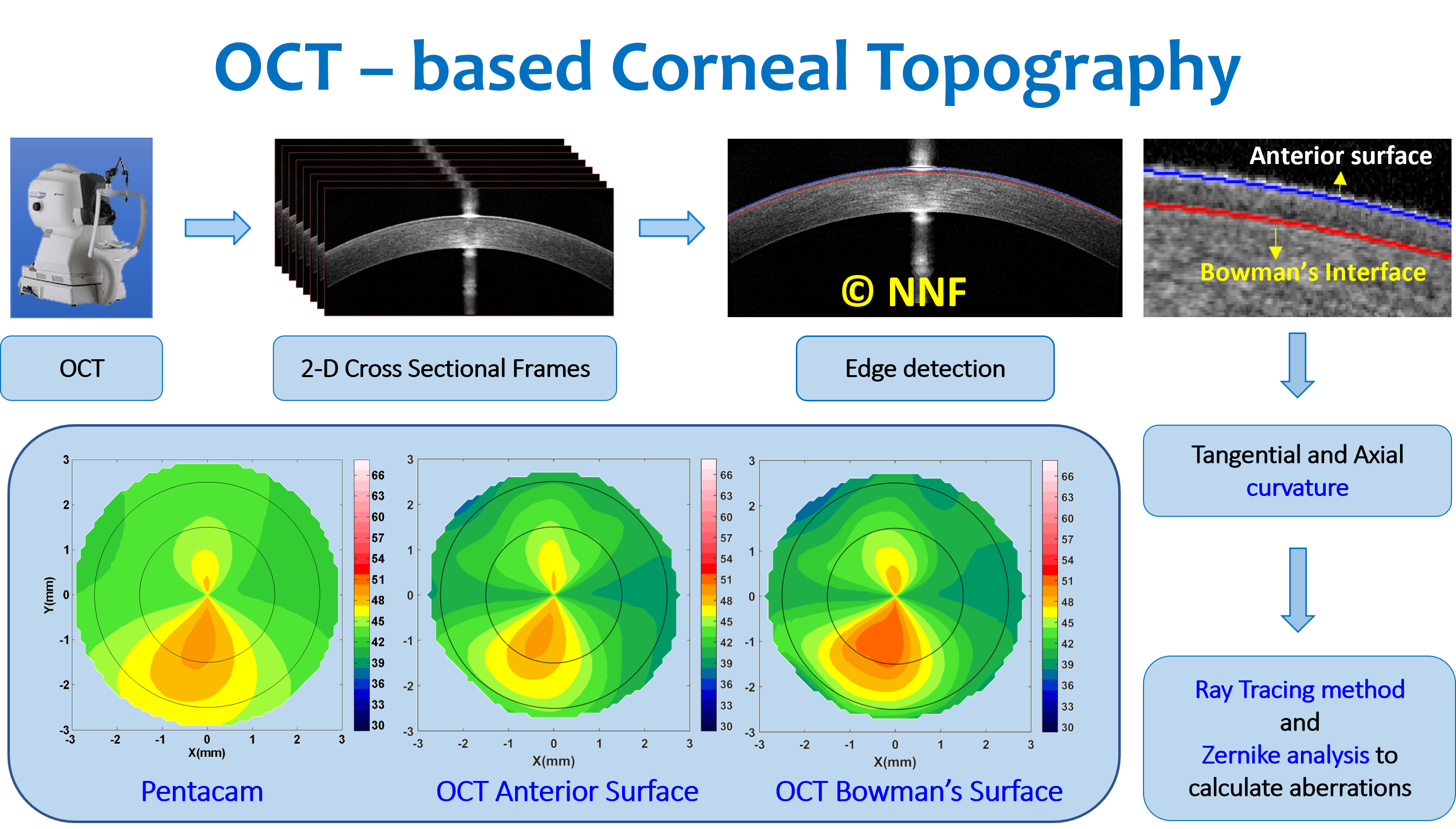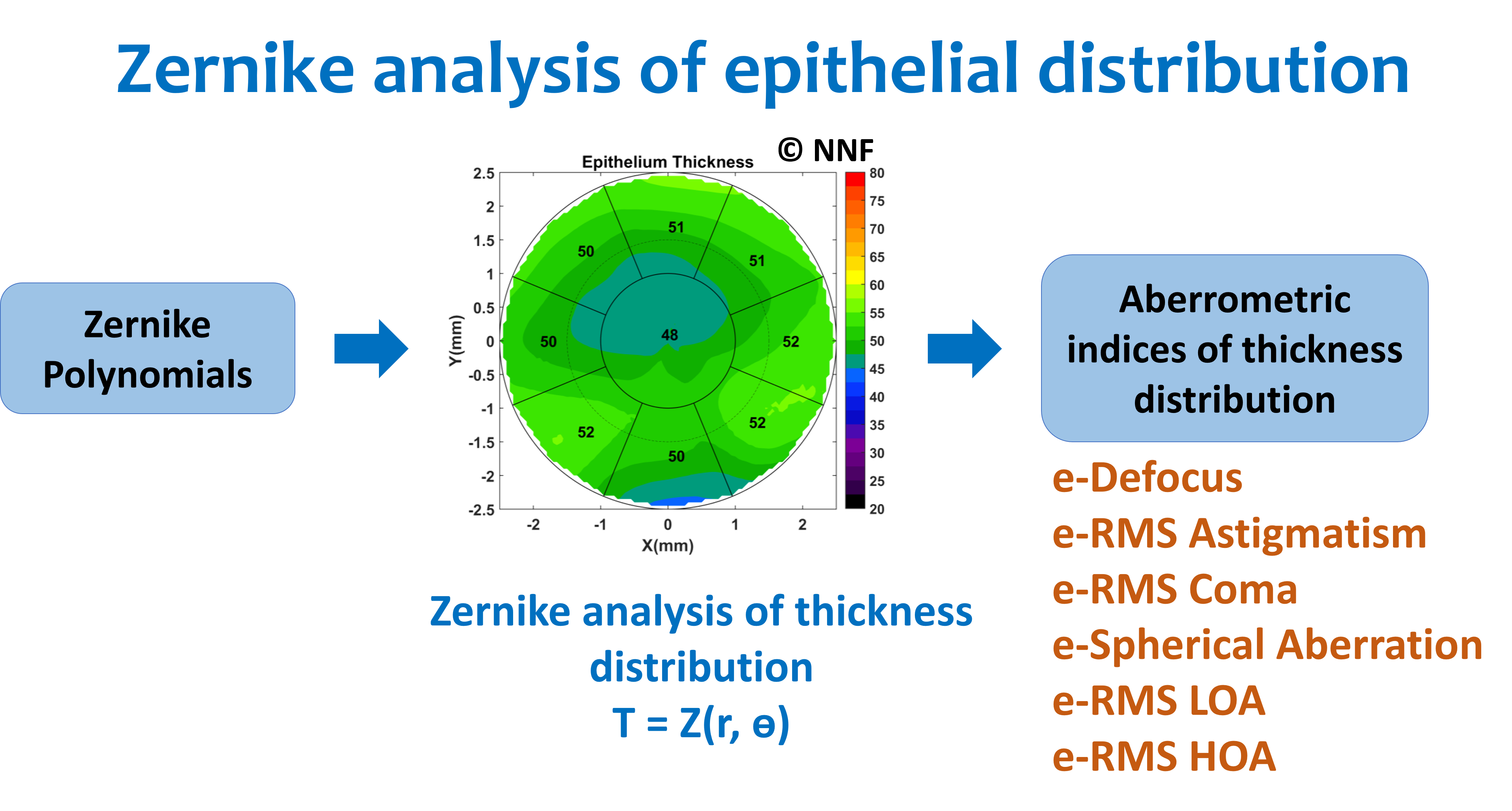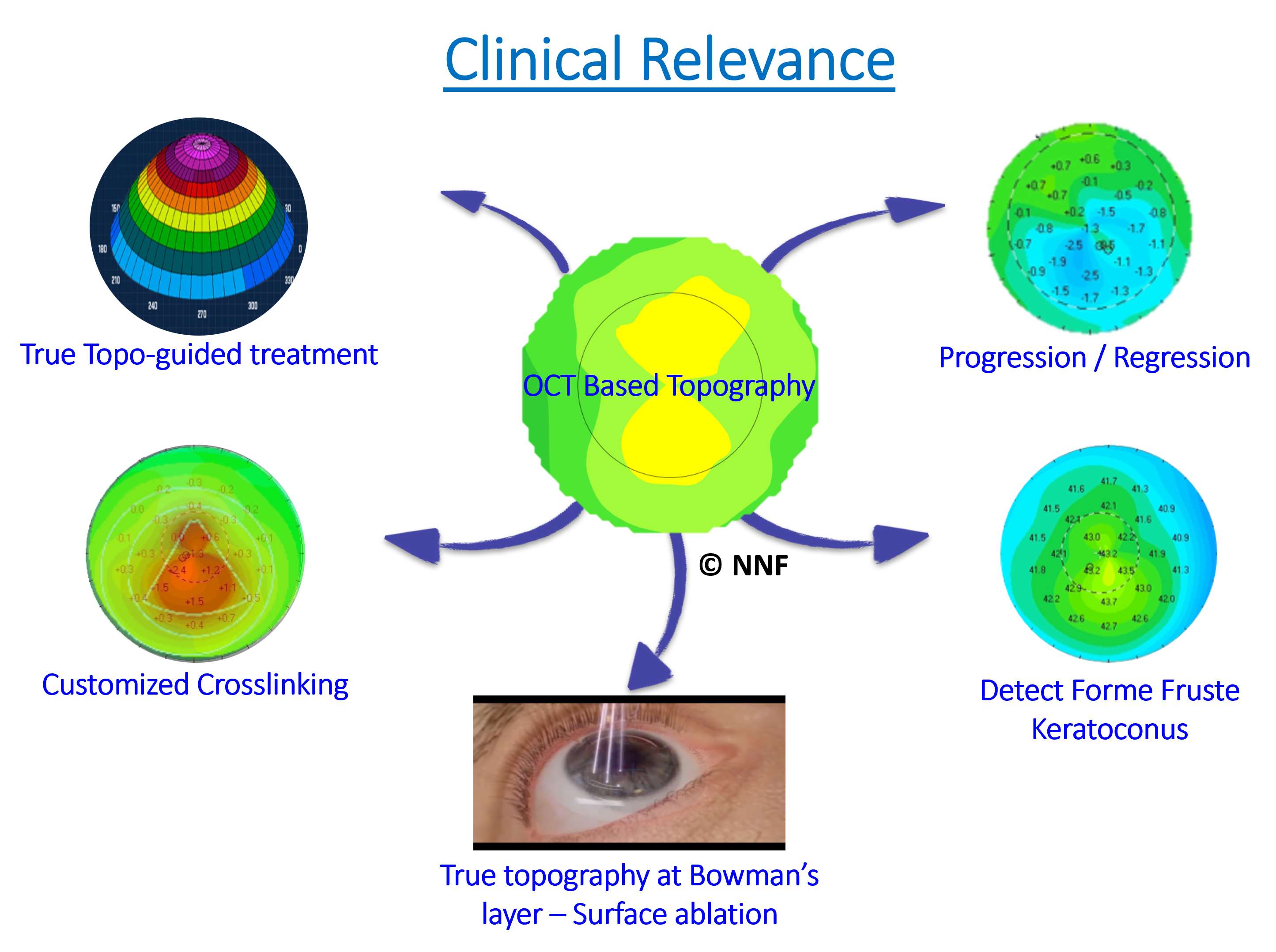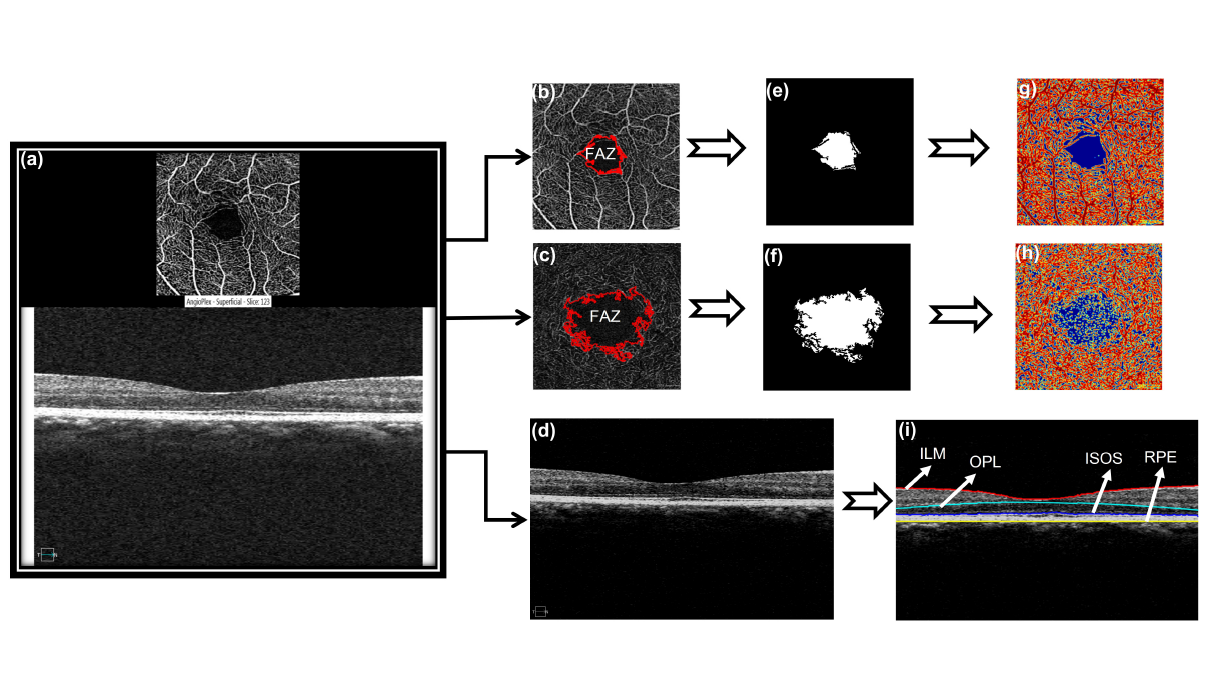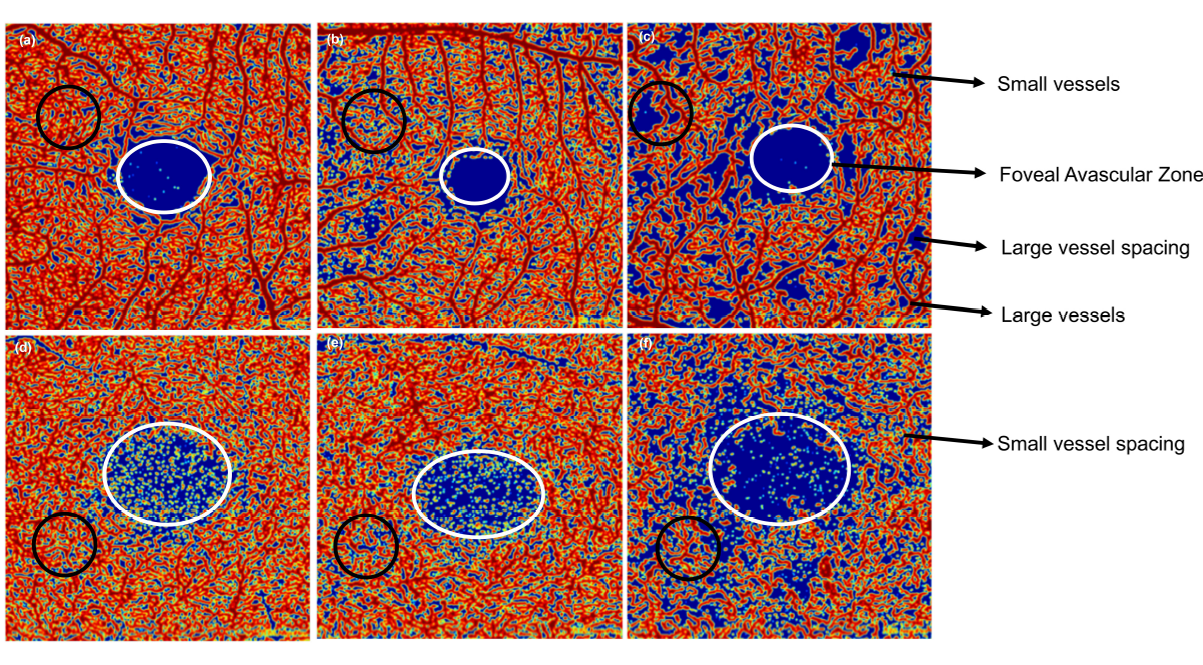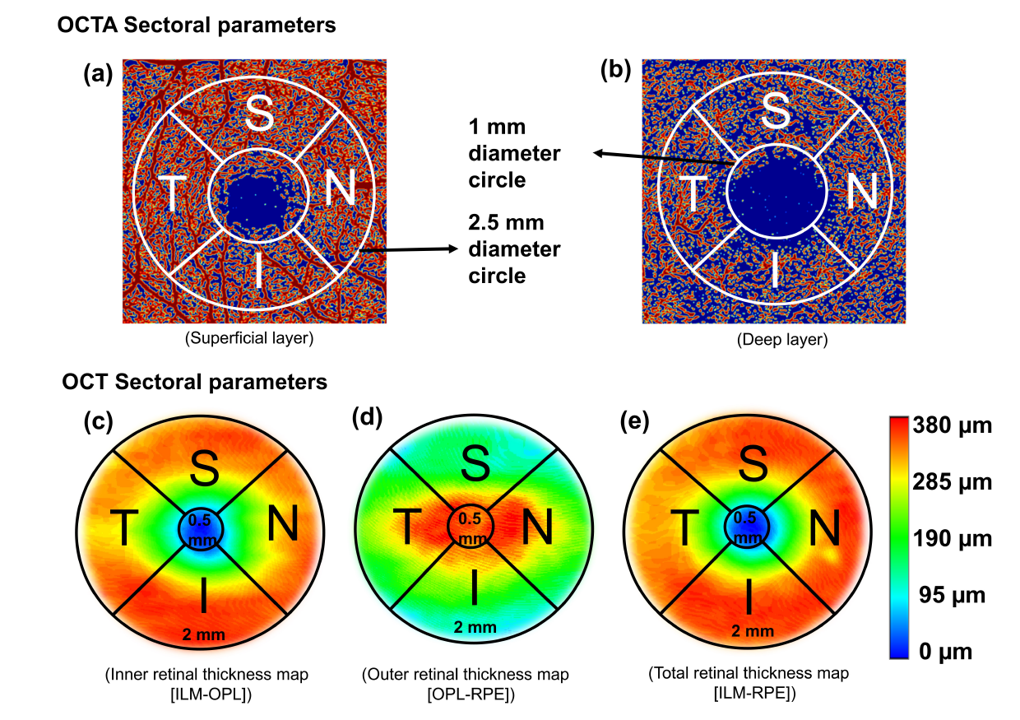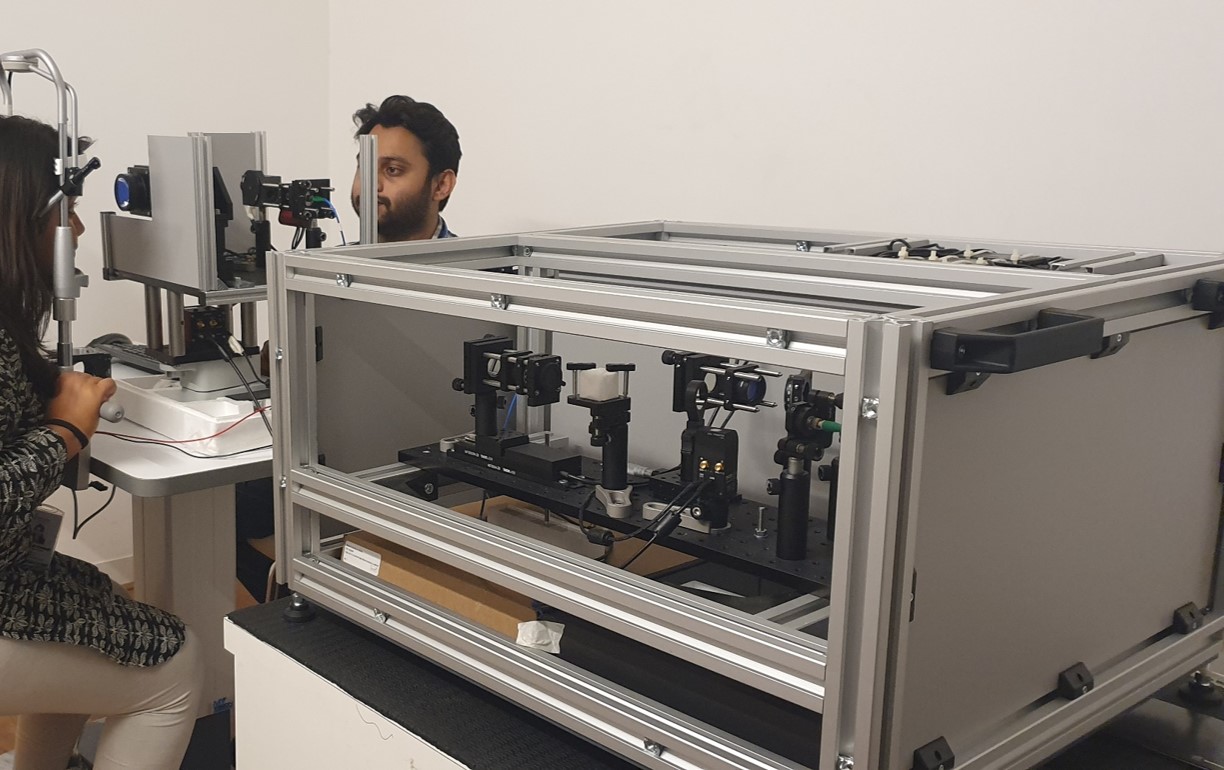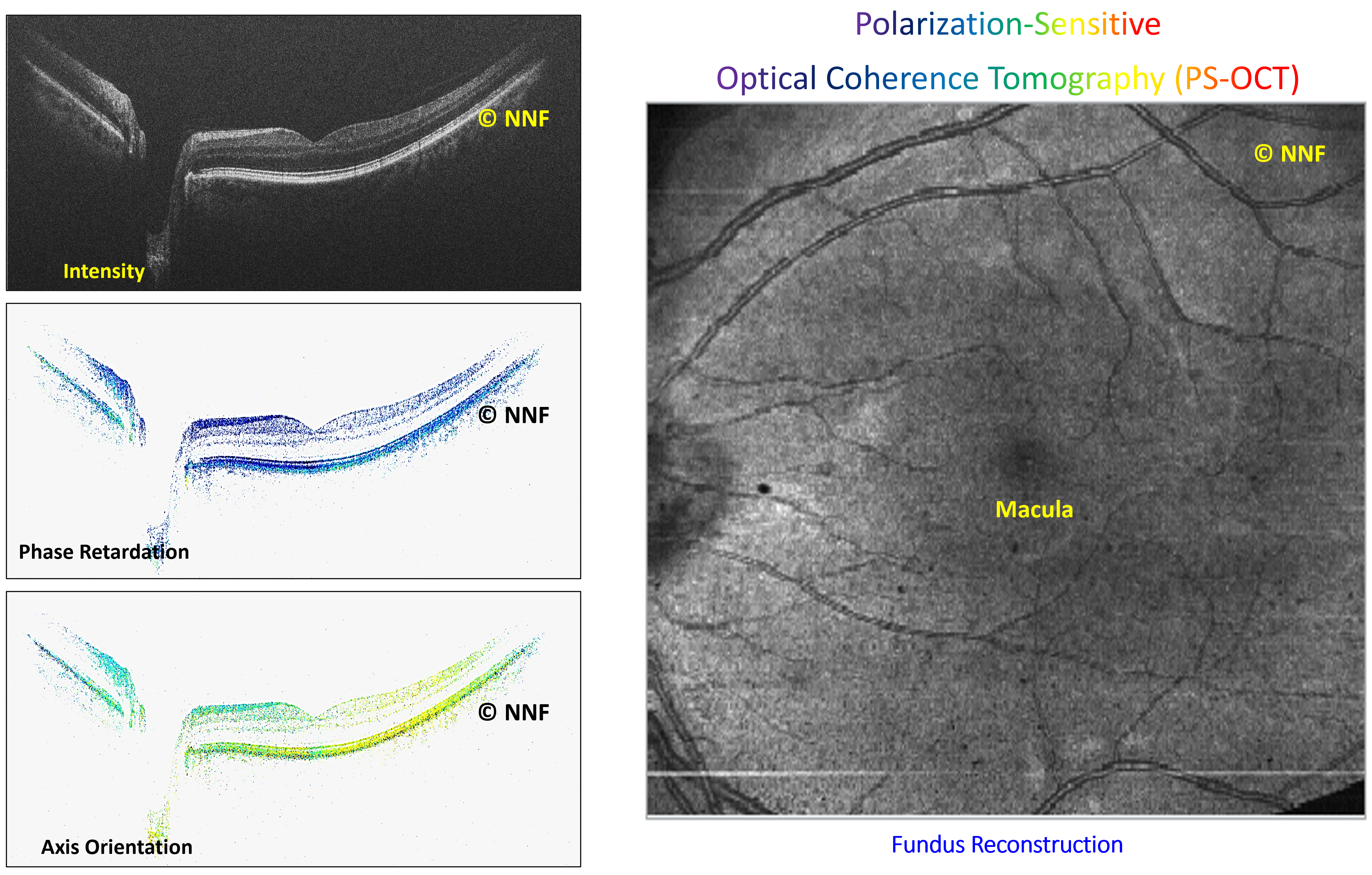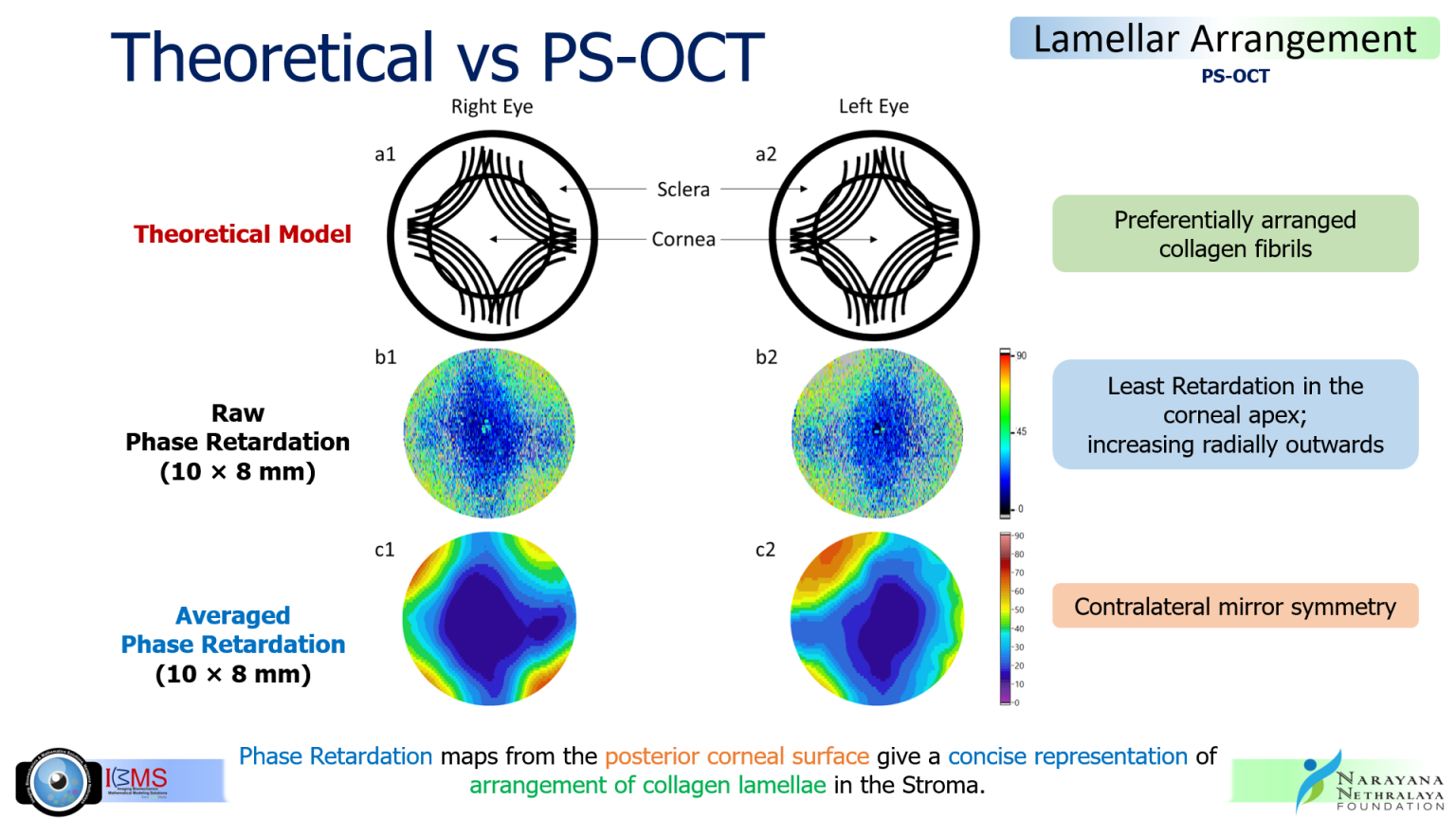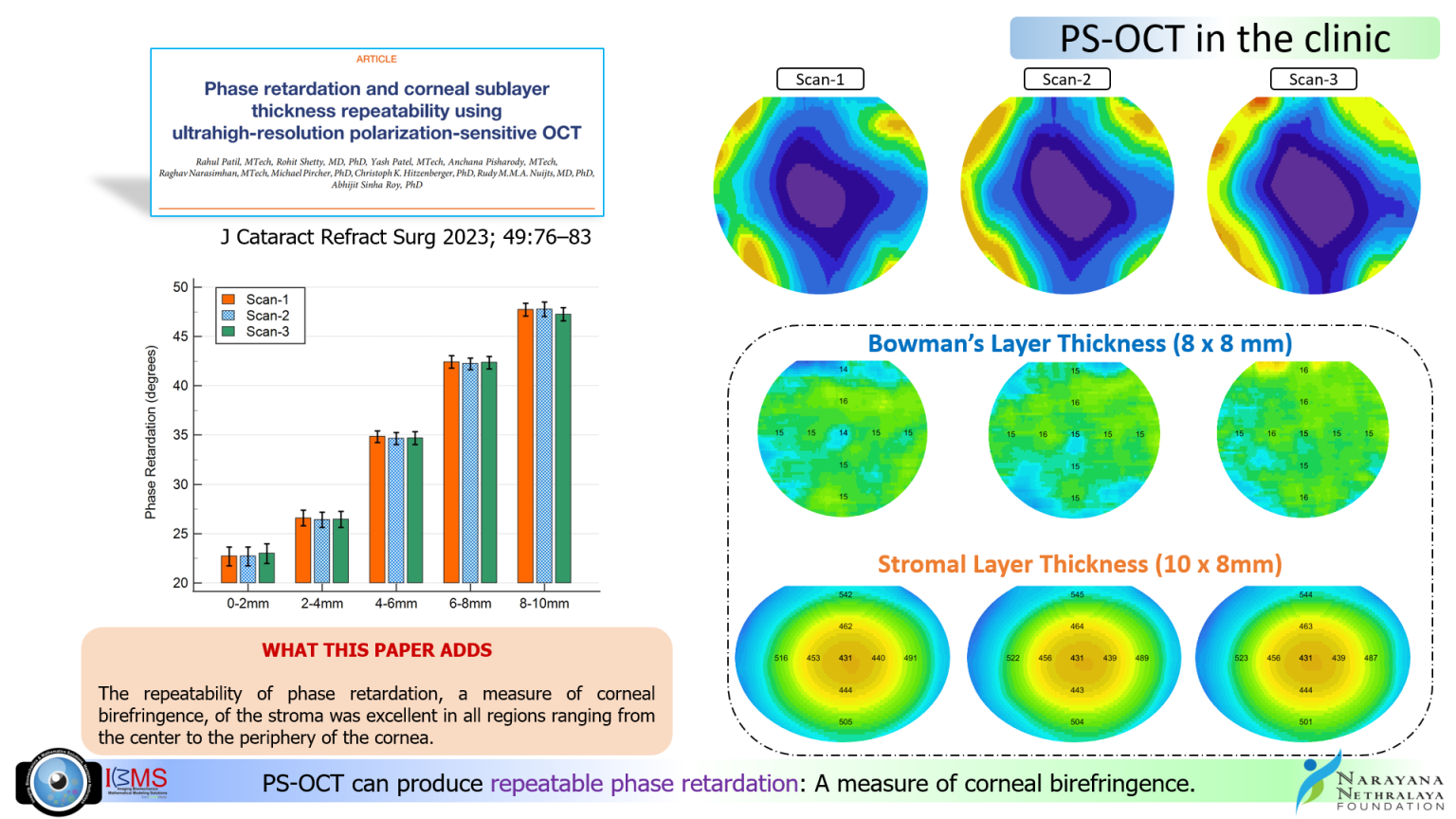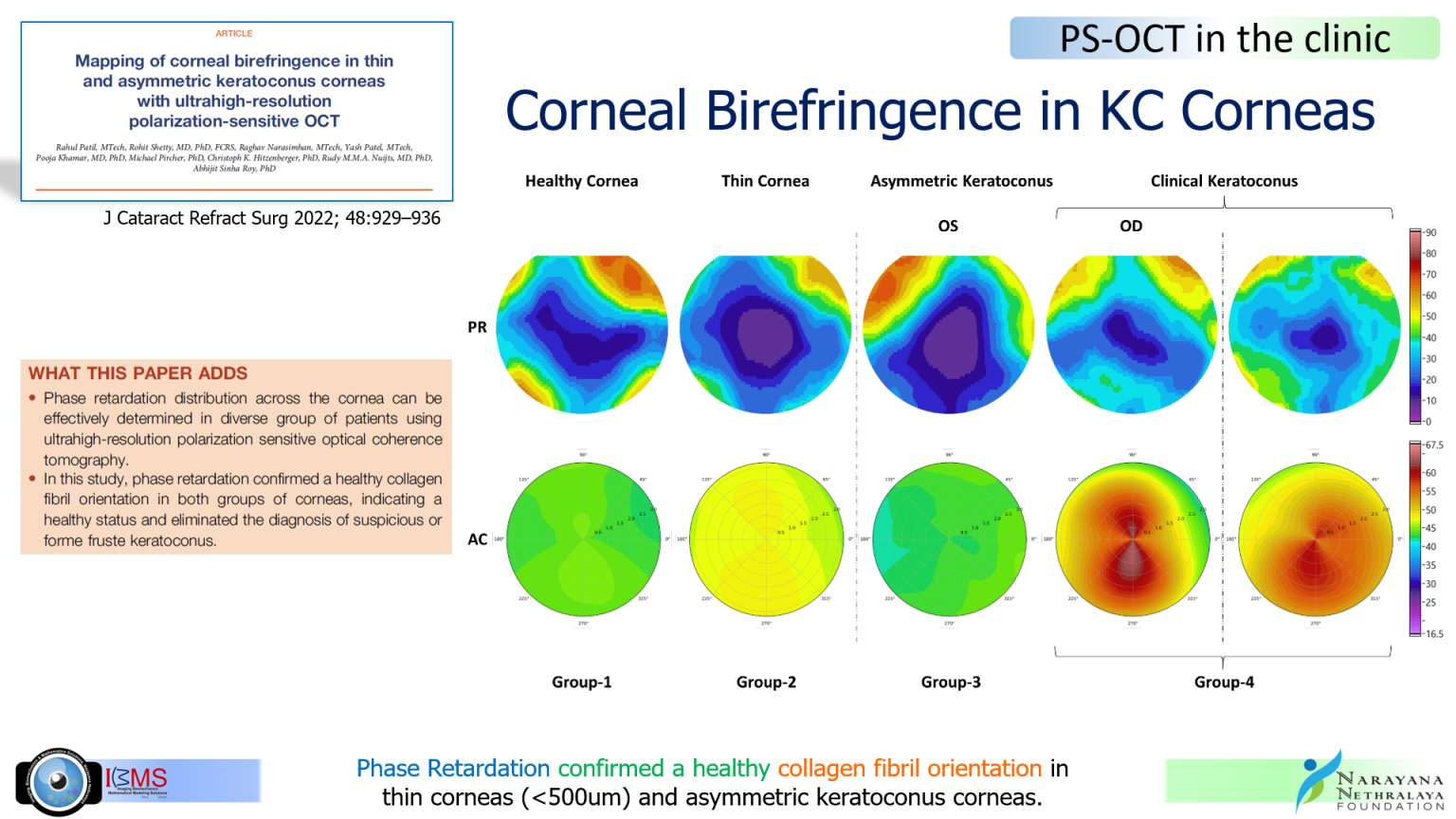
Welcome to our department dedicated to advanced ocular imaging! We are excited to share with you the fascinating world of cutting-edge techniques and imaging technologies used to capture highly detailed images of the eye’s structures and tissues.
Optical coherence tomography (OCT) stands out as one of the most remarkable advancements in ocular imaging. By employing light waves, OCT creates cross-sectional images of the eye, enabling us to detect subtle changes, measure thickness and volume, and diagnose conditions such as keratoconus (KC), macular degeneration, glaucoma, and diabetic retinopathy (DR).
We actively work on developing sophisticated, next-gen tools and automated algorithms for quantitative evaluation of both Corneal and Retinal OCT cross-sectional images.

